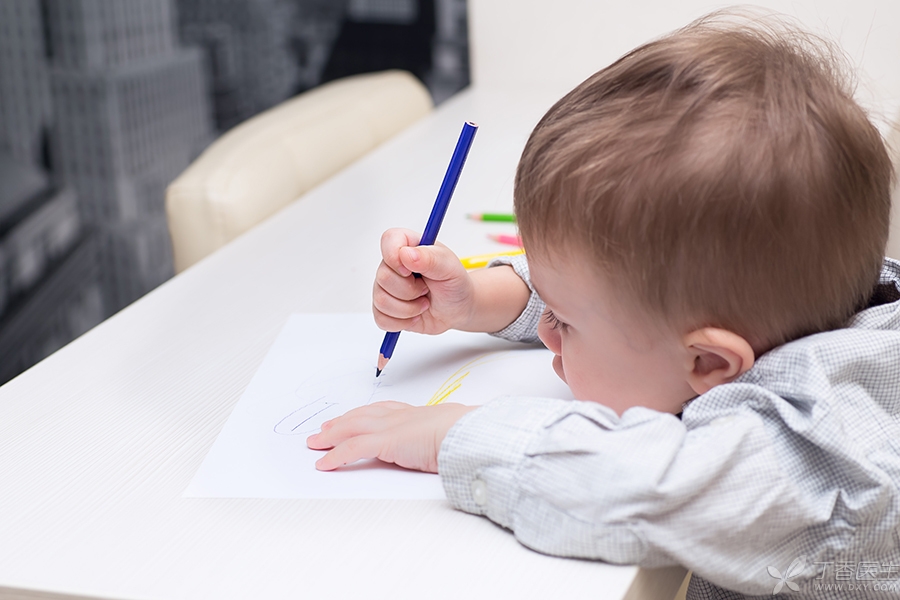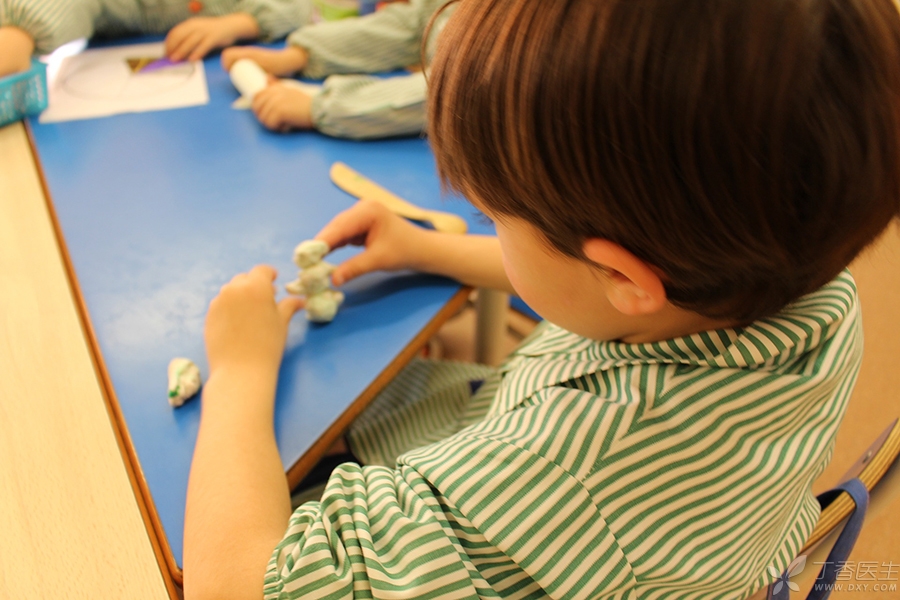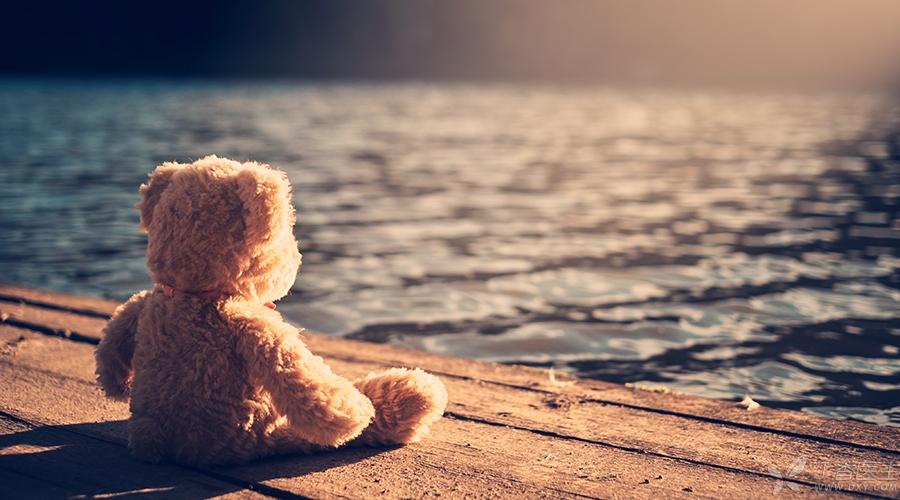
The one-and-a-half-year-old baby has further developed in all aspects of mind and body, and has begun to understand most of the life scenes. The development of the brain is also advancing by leaps and bounds.
At this stage, parents always feel that the baby is moving closer to [Xiong Haizi] day by day, and their backs are getting cold.
However, children’s various playing behaviors at this stage still need parents’ patient companionship and supervision. As the old saying goes, “Parents who cannot play with their children are not good children.”
At this stage, do you need to give your baby some what gifts?
1. Paper and Pen
This is the first time to introduce real [tools] to the baby, representing a leap forward in the baby’s [artistic career].
However, the use should be carried out under the strict supervision of parents, and safety issues must be paid attention to.
Of course, the [pen] at this time can be colored pens, crayons and other pens with bright colors, because only in this way can children’s greater [artistic] interest be stimulated, color recognition be improved, spatial understanding be improved, and their expression of the world in their hearts be strengthened.

2. Picture books
Picture books, picture books, in fact, are all colorful pictures printed on a book.
The point is that the baby at this time will show great interest in the color and content of the picture book.
As their understanding of graphics improves, they will also try to connect graphic symbols with the real world. At this time, the content of picture books still doesn’t need to be too complicated, they can’t accept so much, and most of the content now still needs parents to read to them.
3. Simple jigsaw puzzle
This is a [advanced] game.
Children use fine exercises to knead the jigsaw puzzle fragments and put them in the right place, which helps them to exercise their overall spatial awareness. This is a very complicated exercise, using their brains and hands.
Even if we do it ourselves, it seems that we need to think about it.
Step 4: Building blocks
This act of stacking building blocks is a very good exercise for babies.
With the development of balance ability, sense of space and fine movement ability, babies at this time should be able to stack more wood blocks and even construct slightly complicated structures, which will further enhance their balance ability, sense of space and fine movement ability.
5. Plasticine
Good stuff.
But first of all, we must ensure that this plasticine is regular and safe and does not have that pungent smell.
Then, the baby’s [child’s artistic representation] begins to play a role. As a small [sculptor], he will use his imagination to complete his own [artwork]. Maybe we can’t see that what he has created is a what thing, but at least it is already a part of the baby’s understanding of the world.

6. Jigsaw puzzle
Try to get them to piece together all kinds of possibilities.
This is a game of imagination, not just a simple question of fine movements.
Pairing, alignment, etc. are all more advanced skills.
Let the baby know what kind of shape can be matched with what kind of shape, how to align, this will be the further training and expansion of spatial cognitive ability.
7. Ball/football
Not only do they kick, but they also like to throw smaller balls.
The baby’s desire for the ball does not seem to disappear, and the rolling and bouncing of the ball is a very interesting phenomenon for them.
This kick and throw, by the way, exercise the baby’s athletic ability.
8. Trolley
I am not talking about the kind of trolley that pushes children around, I am talking about the kind of trolley that children push around.
When the baby pushes the car around, he can exercise the lower limb strength, which is not so developed at this stage, and add a boost to the transformation [Xiong Haizi].
This kind of trolley cannot be equated with the so-called “walker”. The walker is not conducive to the development of the baby’s walking ability and may even lead to the risk of falling. Therefore, the walker is firmly not recommended.
9. Dolls
At this age, the baby’s gender preference for toys has begun to take shape.
Boys prefer model toys that deform and can push around. Girls prefer dolls with beautiful appearance and a certain sense of substitution.
At this time, the babies took these dolls and started one of the most magical games-[pretending to play].
Popular, it is role playing. This kind of game has too many benefits! We’ll talk about it later.
However, at this time, the [pretend game] still needs to be guided by parents, because after all, it is too small and the script is not well written.

10. Play house toys
Simulated kitchen, simulated living room, simulated this and simulated that are all very good choices. This kind of play is also called “pretend game”.
Babies will pretend that toys are real and make some behaviors that imitate the real world, such as [pouring tea], but there is no water in the cup, or [cutting vegetables], but knives are not knives and vegetables are not vegetables.
Pretending to play helps children’s cognitive, emotional and social development. It promotes the development of various psychological abilities, including attention, memory, imagination, logical thinking, language and literacy, creativity, reflection on one’s own thinking, control over one’s own behavior and the ability to adopt other people’s opinions.
